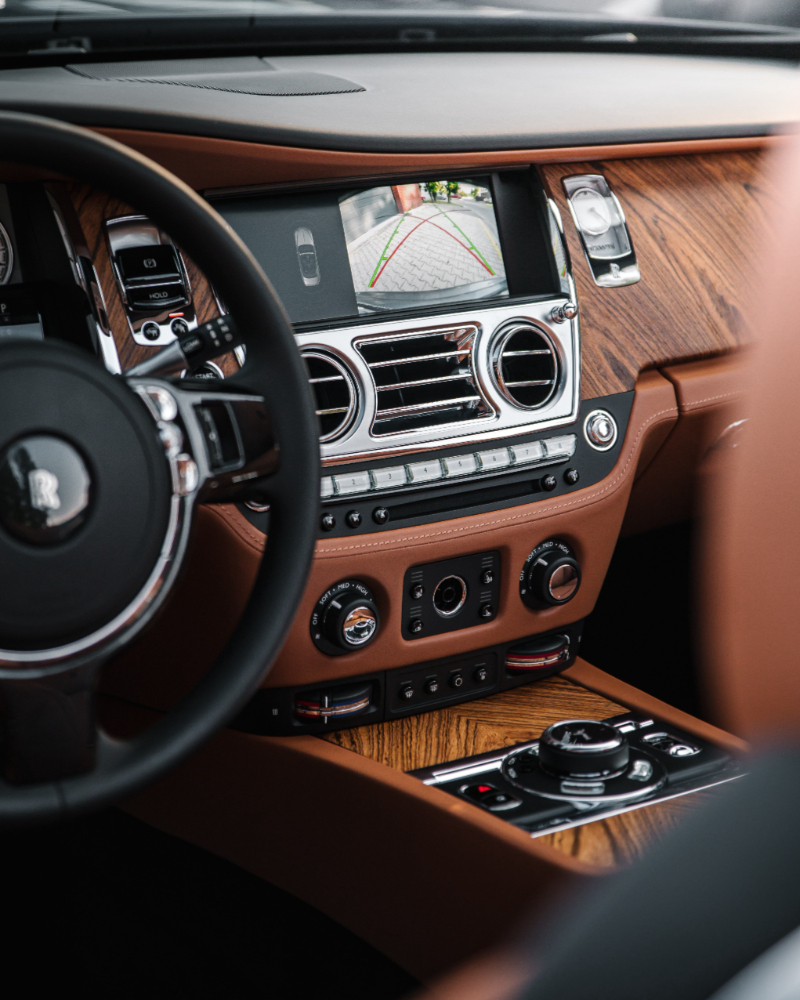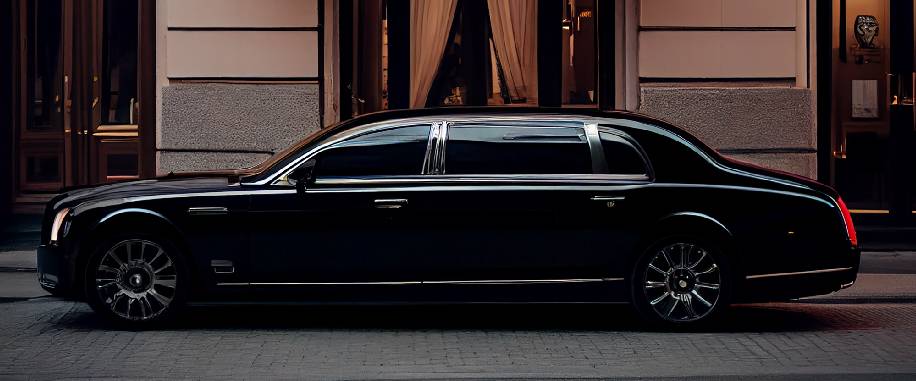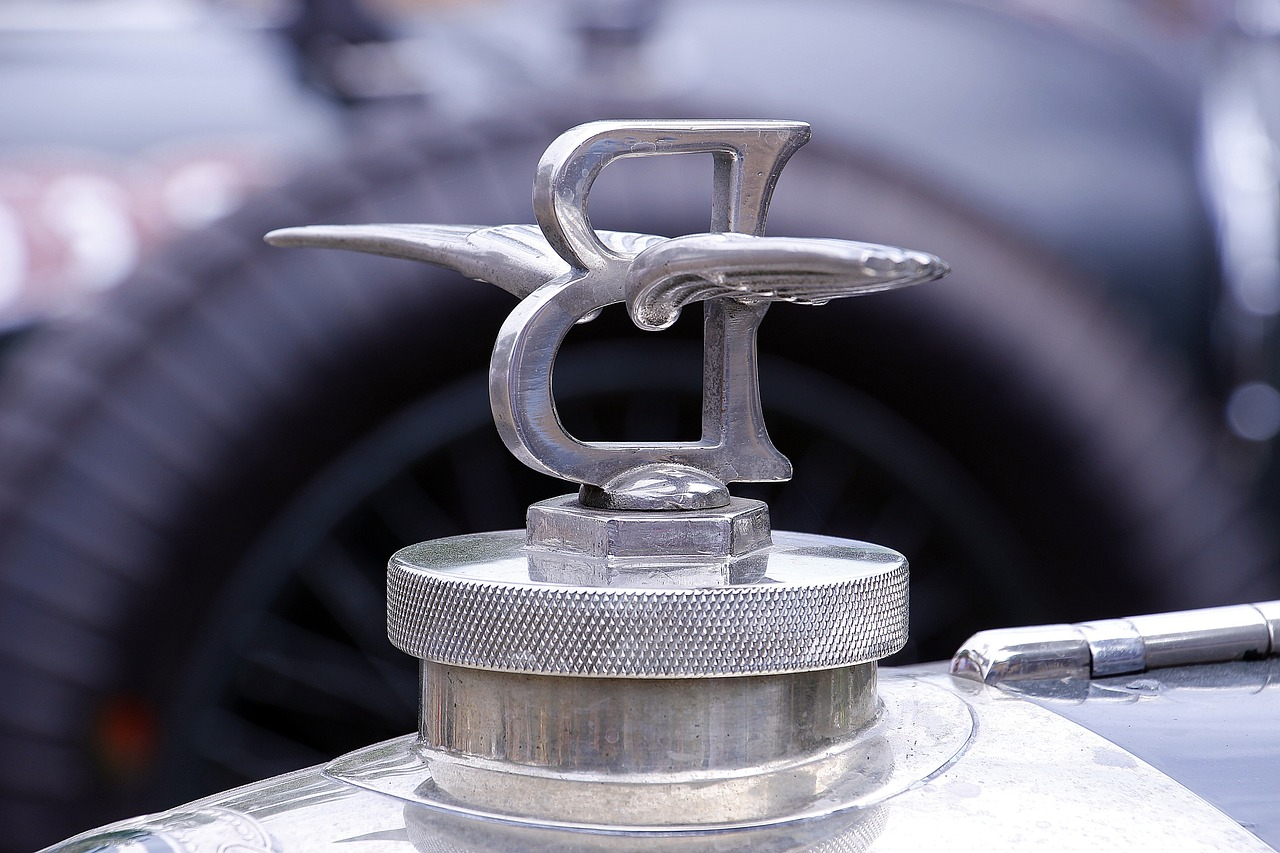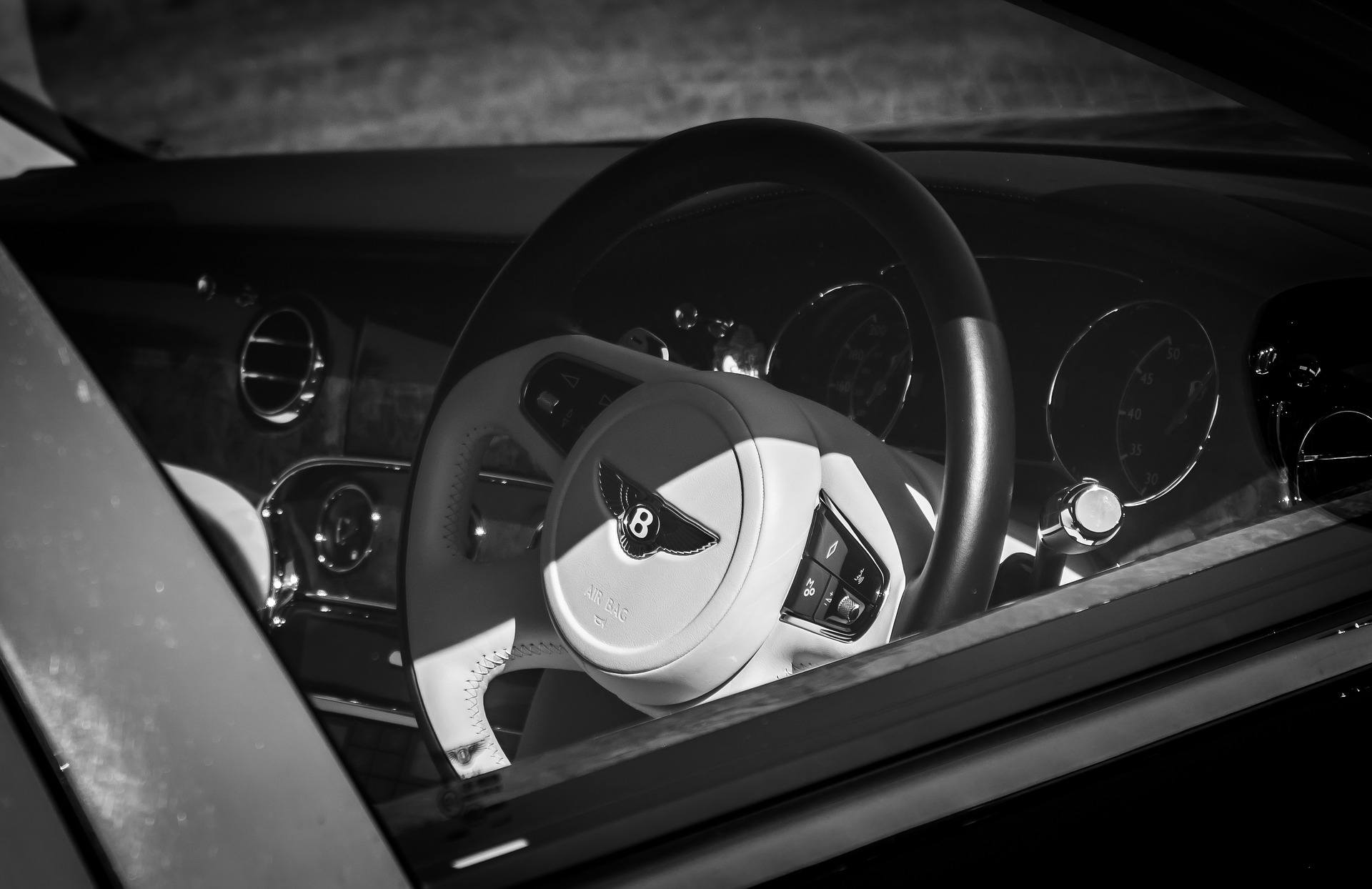The Rewards of a Fully Restored Rolls-Royce
Restoring a classic Rolls-Royce car is like bringing a piece of history back to life. When fully restored, these cars shine brightly, attracting attention wherever they go. Many people admire Rolls-Royce vehicles because they are beautiful, comfortable, and built to a very high standard.
Once restored, the Rolls-Royce gives a smooth ride and makes everyone inside feel special. Owners feel proud because they know their car is unique, with every tiny detail carefully brought back to how it looked when first made. Restored Rolls-Royces often become valuable because collectors love owning something special and rare.
People who restore these cars also help protect history, showing younger generations what great craftsmanship looks like. Every drive becomes an exciting adventure, taking owners back to a simpler time when things were built carefully, piece by piece.
A fully restored Rolls-Royce also helps bring families together because everyone enjoys going for rides, attending car shows, and creating new memories. The process of restoring the vehicle itself can be rewarding too. Owners learn about mechanics, painting, upholstery, and history. By the end of the restoration, the Rolls-Royce isn’t just a car anymore—it becomes a treasured friend that can last for generations to come.
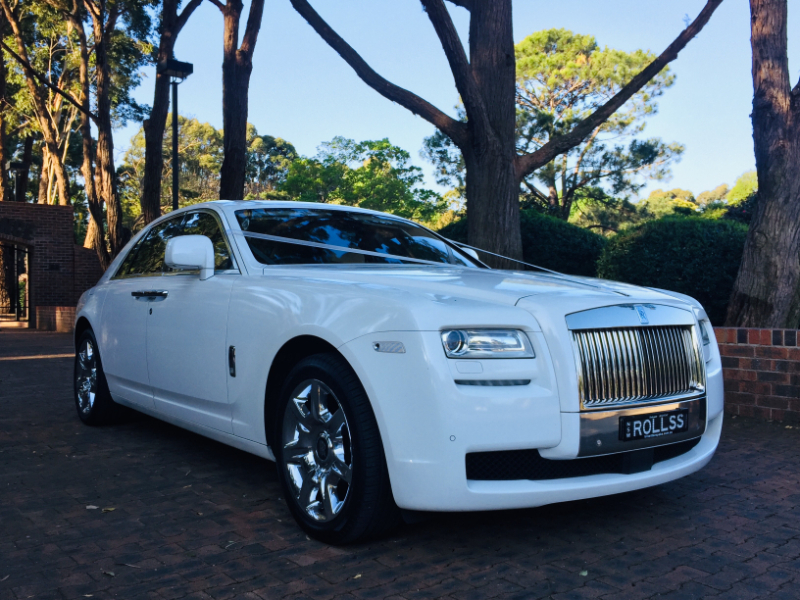
Dismantling the Vehicle
Preparing to Dismantle
Before taking a Rolls-Royce apart, you need a clean and organised space. It is important to have enough room to store all parts safely. Each piece needs to be carefully labelled so nothing gets lost or confused.
Taking photos and notes will help you remember where each part goes when putting the car back together.
Removing Exterior Parts
When starting the dismantling process, first remove the outside parts carefully. The chrome trim, bumpers, lights, and mirrors must come off first. These parts can be fragile, so always handle them gently. Carefully store each piece in a safe place and label them clearly.
Next, remove the doors, bonnet, and boot. These parts can be heavy, so getting help from another person makes the job safer and easier. Take your time and lift slowly to avoid damage or injury. Keeping everything organised at this stage will save you time later.
Taking Apart the Interior
Now you can start on the inside of the car. Take out the seats carefully. After that, remove the carpets, dashboard, and door panels. These parts often hide important nuts and bolts that hold other pieces in place.
Remember to keep small items like screws, bolts, and clips in labelled containers. Take extra care with wiring. Each wire should be clearly marked so you can reconnect everything correctly when restoring.
Removing the Engine and Mechanical Parts
Finally, remove the engine and mechanical parts. This is a big step, so it's best to have someone experienced help you. Carefully lift out the engine using special equipment. Once it's removed, check the engine bay and suspension carefully to decide what repairs or replacements are needed.
Taking your Rolls-Royce apart properly is very important. Being careful and organised makes the next steps easier and smoother. When finished, you'll have a clear picture of what you need to repair, replace, and restore to make your car perfect again.
Engine and Mechanical Overhaul
After you dismantle the car, the next step is fixing the engine and mechanical parts. The engine is the heart of a Rolls-Royce. If it runs well, the car will perform smoothly and comfortably. Checking every part of the engine carefully will help you spot any problems or worn-out pieces.
Start by cleaning the engine thoroughly. Check all parts like the pistons, valves, and bearings carefully. Replace worn or broken parts with new or carefully rebuilt ones. This will help the engine run like new again.
Also, look at mechanical parts like brakes, steering, and suspension. These parts keep the car safe and comfortable on the road. Replace any parts that are worn or damaged. This will make sure your Rolls-Royce drives beautifully again.
A complete overhaul means rebuilding or replacing every mechanical part needed. It might take time, but doing this carefully helps the car last longer and run perfectly. With a properly overhauled engine and mechanical system, your Rolls-Royce will drive like it did when it was first made. You'll feel proud of the care and detail you put into making your classic car work perfectly again.
Interior Restoration
The inside of a Rolls-Royce is special. It’s a luxurious place to sit and drive. Restoring the interior brings the beauty and comfort back to life. First, check the seats. Original Rolls-Royce seats are covered with soft, high-quality leather. You might need to replace worn leather or carefully restore it.
Next, check the carpets. These should feel soft under your feet. You might need to replace them or clean them deeply to bring back their soft, fresh look.
The dashboard and instruments also need attention. Check each part carefully. Some gauges might need repairs or cleaning. Wood and chrome trim on the dashboard should shine and look beautiful again. Replace damaged wood carefully or restore it using special methods.
Finally, restore the headlining, door panels, and other small details like handles and knobs. Original details are important for a proper Rolls-Royce restoration. Attention to detail makes a big difference.
After finishing the interior, you'll feel amazed. The inside of your Rolls-Royce will look as elegant and comfortable as when it was brand new. Sitting inside your fully restored Rolls-Royce will feel wonderful every time.
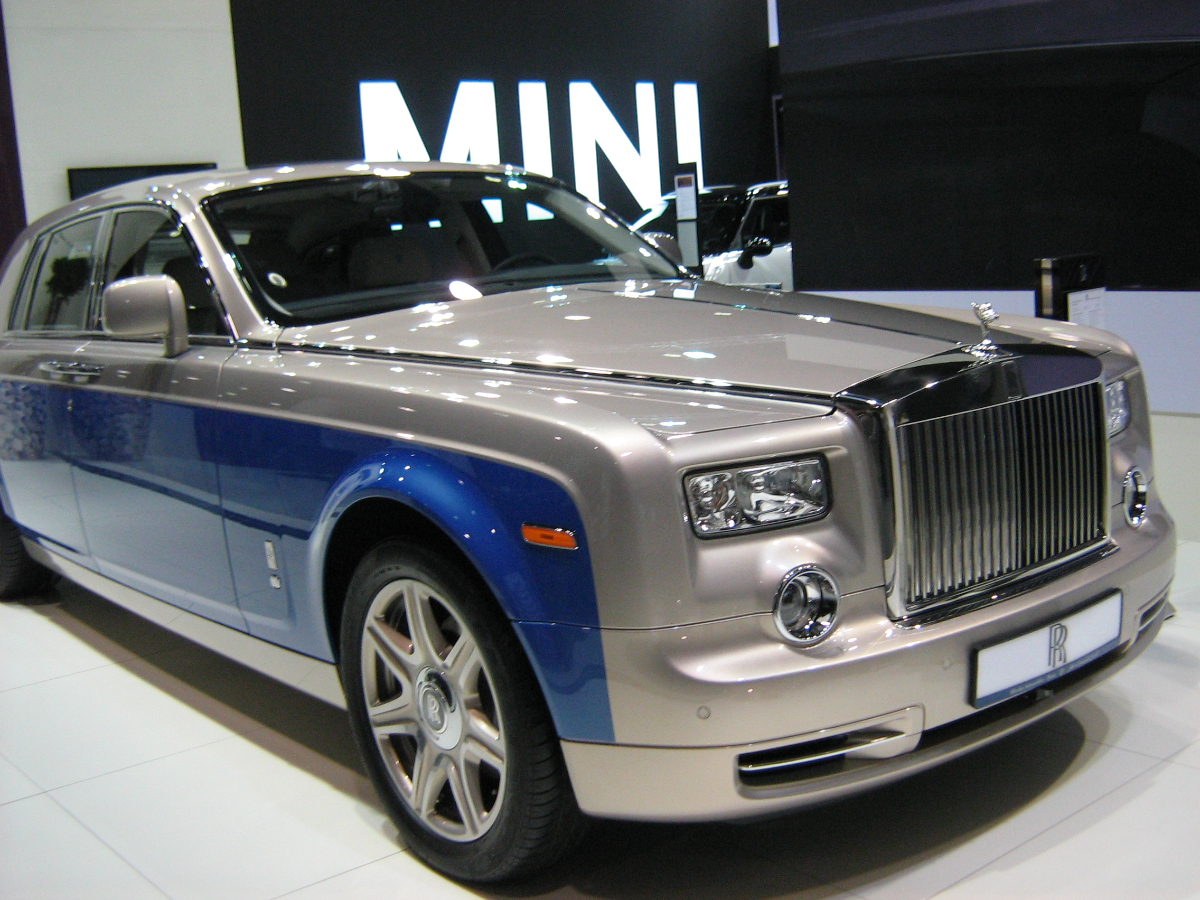
Final Testing and Quality Checks
Testing the Engine and Mechanics
After you finish putting the Rolls-Royce back together, it’s important to carefully test every part. First, start the engine gently and let it run slowly. Listen carefully for any strange noises or knocking sounds. Check under the car and around the engine for any leaks or drips. The engine should sound smooth and steady, without vibrations or rattles.
Next, carefully take the car for its first short drive. Start slowly and test the brakes, steering, and suspension. The car should move quietly and smoothly, without pulling to either side. Check the brakes carefully to make sure they work well and safely. If anything feels strange or unsafe, stop immediately and find the issue.
Checking the Electrical System
Now test every electrical part carefully. Turn on the headlights, brake lights, indicators, and interior lights to make sure they all work perfectly. Test the windscreen wipers at different speeds and check the heating system carefully. Switch on the radio and speakers to check the sound quality. All electric windows, door locks, and controls should work easily and smoothly.
Electrical problems can be tricky, so double-check everything. Fixing these issues early means your Rolls-Royce will be reliable and safe every time you drive it.
Final Inspection and Cleaning
Inspect the car’s paintwork very carefully. Look closely for any scratches, marks, or uneven paint. Check every chrome trim and make sure they are shining beautifully without fingerprints or smudges. Polish the paint and chrome gently until your Rolls-Royce looks perfect again.
Inside, look at seats, carpets, and the dashboard. Everything should feel luxurious, clean, and fresh. Clean and vacuum carefully so the car is spotless.
Road Testing and Final Adjustments
Take your Rolls-Royce on a longer drive next. Test it at different speeds and on different roads. Notice carefully how it handles. If you spot any problems, stop and adjust them.
Continue testing until the Rolls-Royce drives smoothly, comfortably, and safely again.
If you are a Bentley or Rolls-Royce owner in need of restoration or repair services, feel free to contact us today. We work with Bentley and Rolls-Royce car owners throughout London and the home counties including Middlesex, Sussex, Dorset and Kent.
